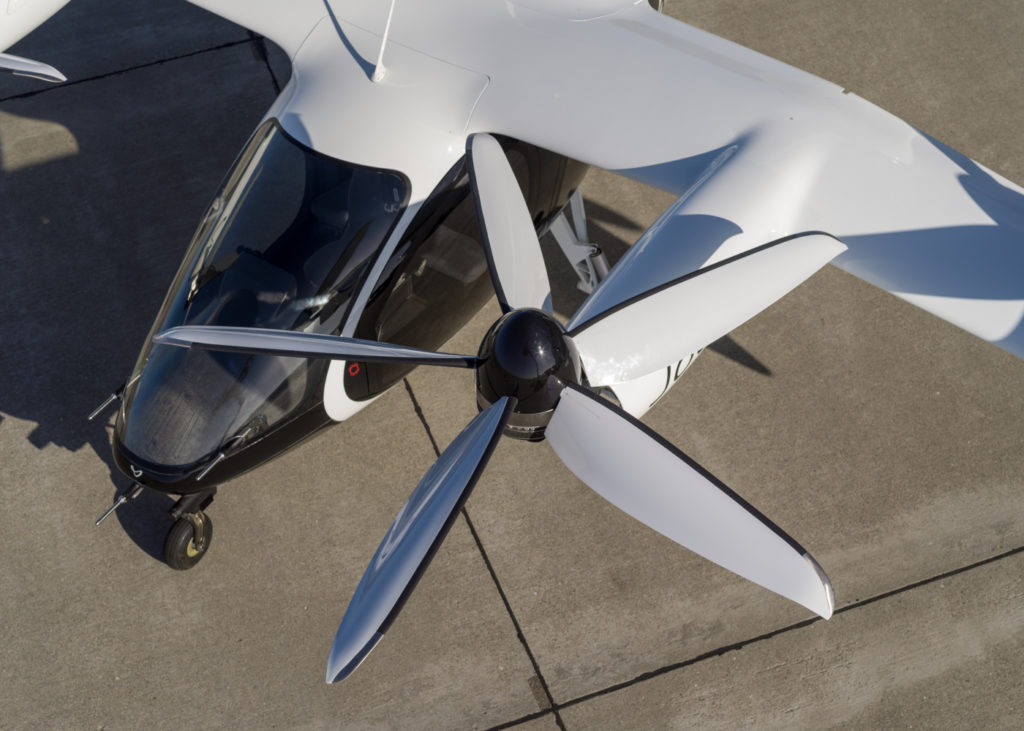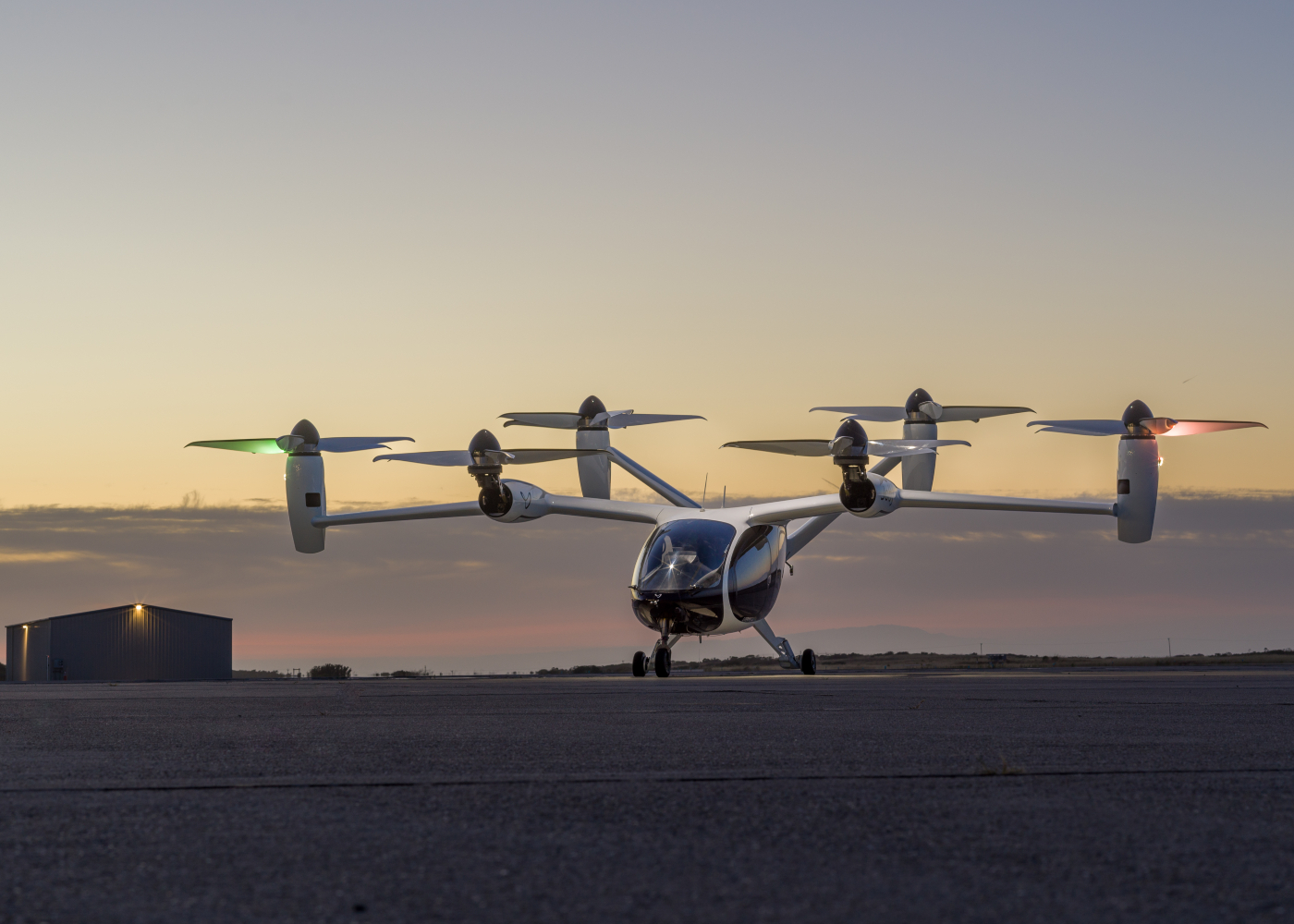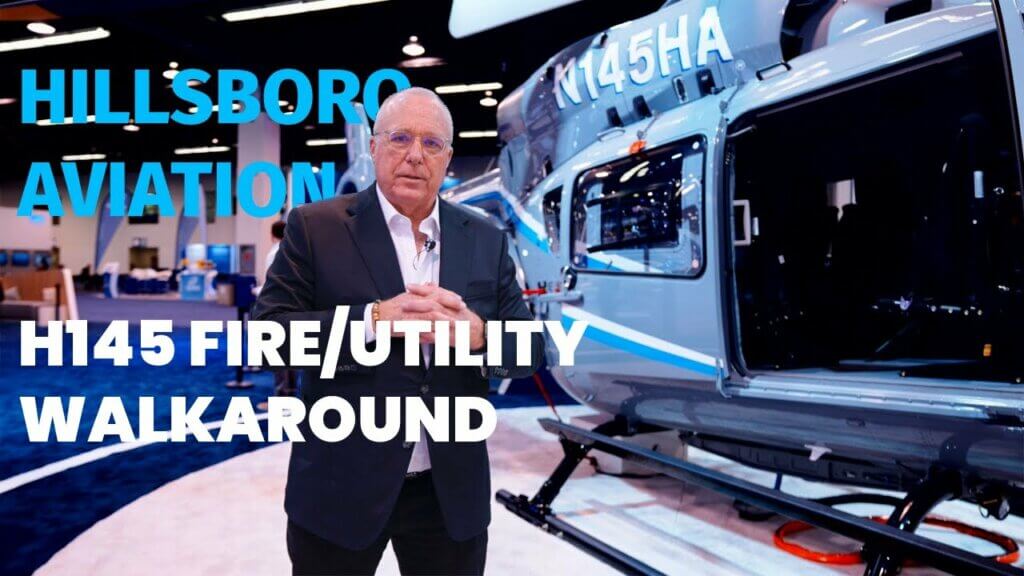Ever since the Federal Aviation Administration (FAA) hinted its position for the means to approve pilots and aircraft certification for eVTOL aircraft, stakeholders have been waiting for an example of how this would work in practice.
With regard to pilot certification, the Notice of Proposed Rulemaking (NPRM) on Air Carrier Definitions, issued on Nov. 21, provides some insight on the operations side of eVTOL, with the introduction of the definition of “powered-lift” and associated requirements.

However, before operating the aircraft, they must be certified, and on Nov. 8, we a got a first look at how the FAA will be going about its preferred method, using 14 CFR 21.17(b) Special Class as had been indicated last May.
In 14 CFR 21.17(b), the airworthiness requirements are portions of requirements in 14 CFR Parts 23, 25, 27, 29, 31, 33, and 35 that the FAA deems appropriate and applicable, and adds other airworthiness criteria to provide an equivalent level of safety to existing standards. Bolstering its place as one of the market leaders in the U.S. eVTOL space, the first aircraft for which we have these proposed criteria is Joby’s JAS4-1.
Now with the proposal finally published, it is also interesting to compare it with the work done by the European Union Aviation Safety Agency (EASA), which has taken a different approach by using a dedicated Special Condition (SC) VTOL, supplemented by several Means of Compliance (MoC) documents.
Continued safe flight and landing and controlled emergency landing
Just like EASA, the FAA has introduced the definition for “continued safe flight and landing” (CSFL) for powered-lift aircraft. The FAA’s definition for CSFL is “a means an aircraft is capable of continued controlled flight and landing, possibly using emergency procedures, without requiring exceptional pilot skill or strength.”
Although this is very similar to EASA’s text, the European regulator’s version defines that the landing must be at a vertiport, which appears to be more stringent. It is also possible that the FAA intends to clarify its text at a later stage after the consultation period.
To meet an equivalent level of performance for designs that would be able to glide or perform an autorotation, the FAA proposes a new definition for “controlled emergency landing” for the JAS4-1. Part of the definition states that the pilot can choose the area and direction of touchdown. This would seem to preclude the use of ballistic parachutes as the sole means to satisfy this requirement.
EASA does not include this additional requirement for its version of “controlled emergency landing,” but this definition is applicable only to Category Basic aircraft. As the JAS4-1 is intended to fly over congested areas and/or for commercial air transport (CAT) operations with passengers, under EASA rules it would have to be certified under Category Enhanced and must satisfy CSFL after failures.
Critical and life-limited parts
When distributed electric propulsion (DEP) designs started to appear, there was some discussion if critical parts, whose failure would likely result in a hazardous effect, would be eliminated through redundancy.
This would have had a positive effect on operational costs as the whole life cycle management and tracking — from design to decommissioning — of critical parts is a complex and expensive exercise as rotorcraft operators can attest.
However, the FAA thinks that these aircraft will still have critical parts and includes the definitions in this document. EASA only briefly mentions critical parts in the single failure criteria description in SC-VTOL.

Joby’s JAS4-1
Some information that we can glean from the FAA text is a reconfirmation that the JAS4-1 will have a maximum gross take-off weight of 4,800 pounds (2,177 kilograms), including a pilot and four passengers, and is intended for visual flight rules (VFR) operation.
An interesting design feature is the use of six five-bladed composite, variable-pitch propellers, with blades that are spaced asymmetrically around the hub for noise reduction. This is also described in a patent filed on June 3, 2019, by Joby founder Joeben Bevirt, in collaboration with other inventors.
The asymmetric spacing will likely require more analysis than for symmetrically spaced blades in case of blade failures, but should not be a limiting factor. The manufacturer has the option to certify the engines and propellers separately or under the aircraft type certificate.
Bird strike criteria
The proposal contains a new bird strike requirement that is specific to the JAS4-1 design, as the FAA believes these aircraft will be flown in an environment with a higher risk of bird strikes than current rotorcraft or Part 23 fixed-wing aircraft.
The FAA document states that the JAS4-1 “has inherent design features and expected operations that potentially expose the aircraft to a higher probability of impact with birds.” In addition to the expected cruise altitudes, this could also be the comparatively large exposed frontal area that the propellers have in airplane mode, when compared to other DEP interpretations.
As far as the bird impact size requirement, the FAA has chosen 2.2 lb (1 kg) which is consistent with EASA’s value. However, the FAA includes an additional mandatory requirement (indicated by the word “must”) to include bird deterrence devices to reduce the potential for bird strikes in JS4.2320.
Most of these systems are still in development. Some use light technology to help birds detect and avoid aircraft. It is to be seen how the manufacturer intends to satisfy this requirement and how such technologies could interact and affect other systems or pilot vision in other aircraft.
Although the 2.2-lb (1-kg) bird size applies to impacts on the aircraft structure, the FAA document also states that the regulations outlined in 14 CFR § 35.36 Bird Impact are applicable to the JAS4-1. This stipulates that propellers must withstand an impact of a 4-lb (1.8-kg) bird at the critical location and critical flight condition, without causing major or hazardous propeller effects.
Unlike EASA’s SC-VTOL MoC VTOL.2250(f), the FAA does not appear to include multiple bird strike evaluation for the JAS4-1.

Baggage compartment
The FAA document appears to suggest that the JAS4-1 may not have a separate baggage compartment. While EASA’s MoC VTOL.2270(e) defines the requirements for cargo and baggage compartments, the aircraft specific criteria for the JAS4-1 do not have any reference to cargo or baggage.
References to other criteria, such as CFR § 23.2325 Fire Protection, have the proviso that specific requirements for cargo and baggage compartments are not included. This could mean that baggage is not carried in a separate compartment, but as the JAS4-1 is also earmarked as a city-to-airport transfer option, there could be alternative solutions.
Conclusion
This document gives us a very good indication of the FAA’s intent for novel eVTOL aircraft. It is crucial that the rules start to crystallize if the ambitious certification timelines are to be achieved. It can be expected that a good part of these criteria will be proposed to other applicants, and therefore, should be an indicative blueprint for the industry in general.
The FAA will be accepting comments on this proposal until Dec. 8, 2022.









